Last year I drove all the way to South Croydon (Hutchinsons Bank) to obtain my first sighting of Glanville Fritillaries, normally only found on the IOW. However, there were reports last year of these butterflies being seen at a site in Wiltshire. No one seems to know how they got there but there is a feeling they may have been introduced.
I was therefore very pleased to see a Wilts Butterfly Conservation field trip had been arranged to see if they were there again this year and with good weather forecast I duly signed up for it. Warminster is quite a way from my home (1 hr 22 mins) but with a free Saturday I didn't mind, and even if not Glanville Fritillaries, there was a good chance of seeing a range of other species too, maybe a Painted Lady which I've not seen yet this year but which are being regularly reported now.
After a good journey I arrived at the carpark with time to spare and after a while other butterfly spotters started to arrive too. I was interested to learn that one other chap had also come from the Swindon area. There were eight of us in all, including our leader, Hugo who records butterflies on this transect site on a regular basis.
We were told that the site was quite rugged and steep in places (!) so before we set off I fetched my walking pole/monopod from the car to make things a bit easier. Hugo led us over a stile and down a steepish incline to where he said he had seen some Glanvilles over the past two weeks. It wasn't long before we saw our first one, which rested obligingly for everyone to get a photo. This was the first of a couple of dozen or so that we saw over our two hour visit. As a group we were free to roam as we wished over the hillside and managed to locate a satisfying twenty species in all although I didn't see all of them; however, the ones I missed were ones I'd already seen this year.
Apart from the Glanvilles, the most exciting sighting was a clouded yellow butterfly which flew up and down the hill side but eventually did settle in the grass for long enough to allow us to see it close up. This is a migrant butterfly and one that I didn't see at all last year. Another migrant is the Painted Lady butterfly, and we did see one of those too, albeit rather worn. Being up near the top of the hillside at the time, I had to be satisfied with a binocular view of this one though.
The list of species seen included:
Glanville Fritillary, marsh fritillary, green hairstreak, grizzled skipper, large skipper, dingy skipper, wall, peacock, brimstone, small white, painted lady, brown argus, common blue, Adonis blue, small heath, clouded yellow, speckled wood, small copper.



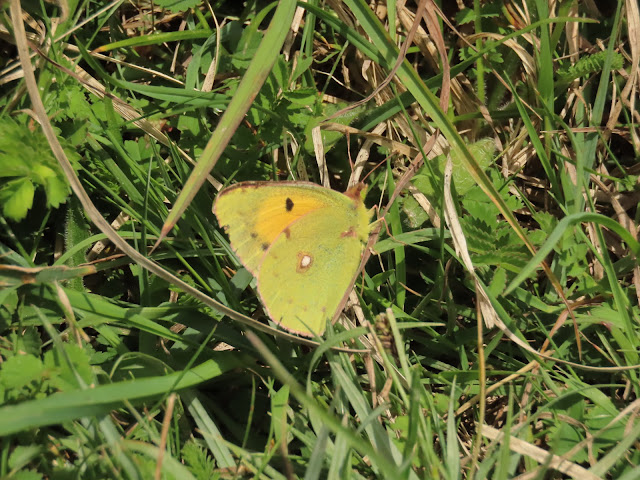










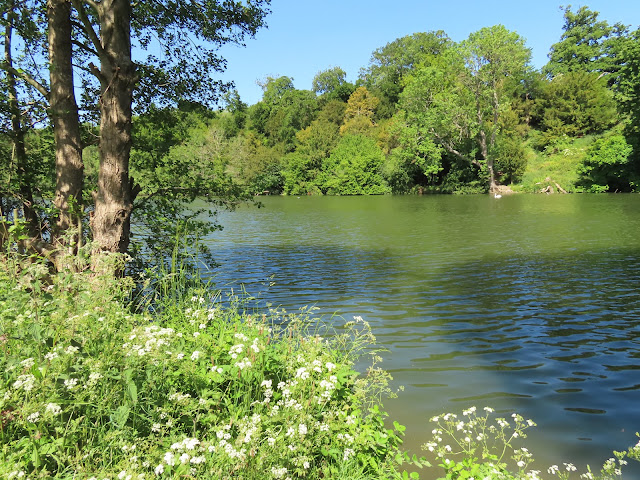








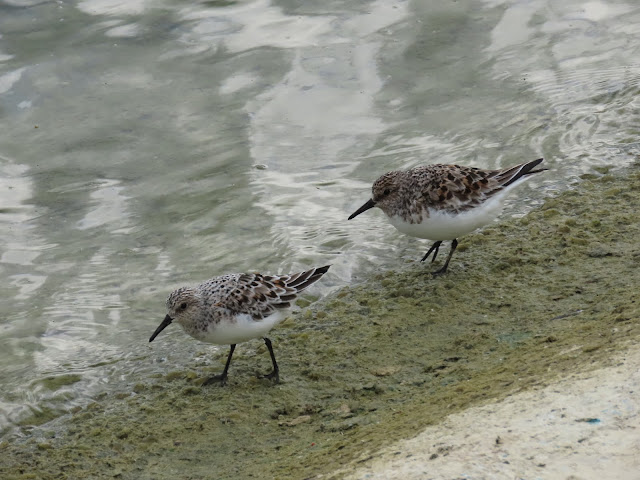










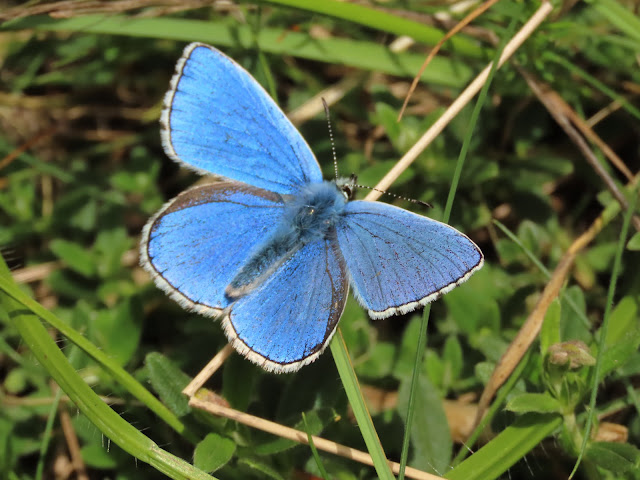











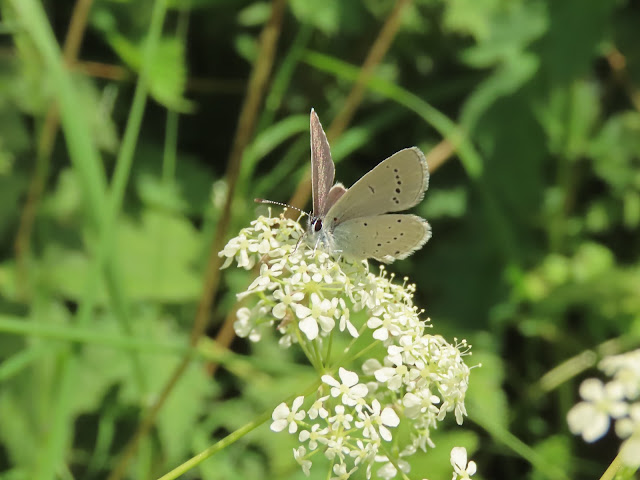




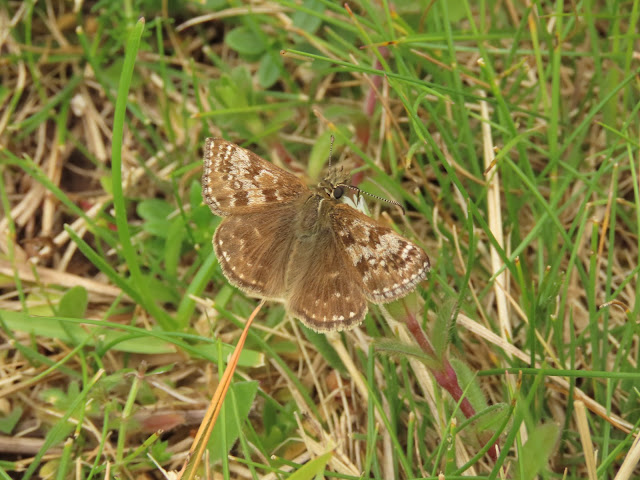






.JPG)
